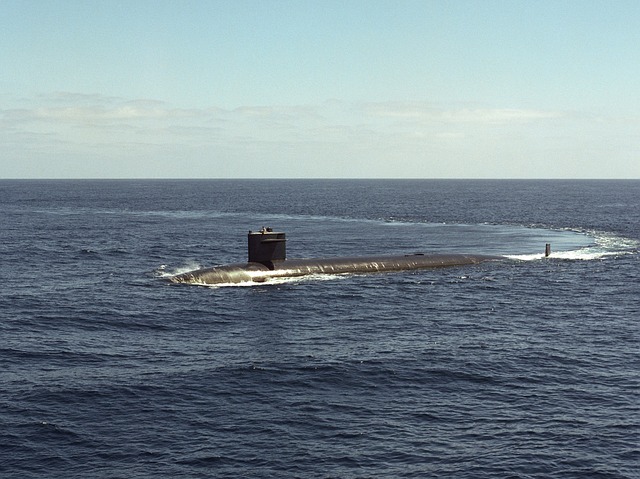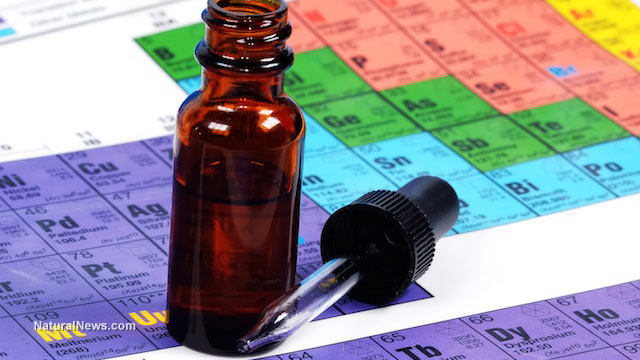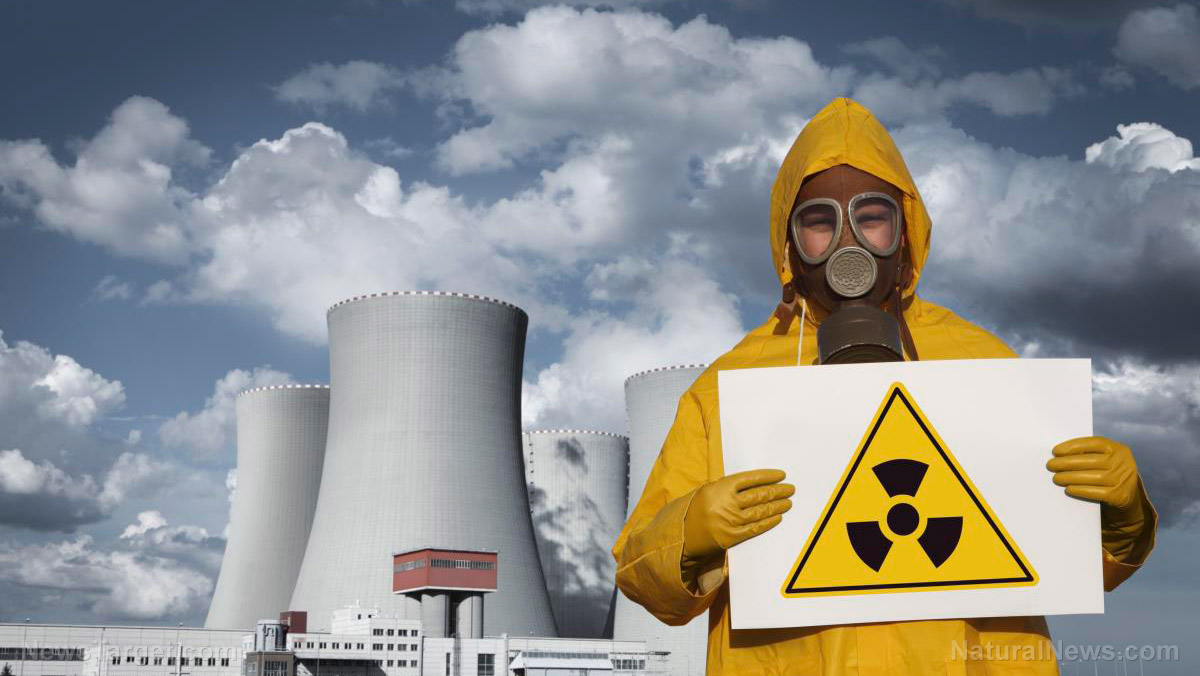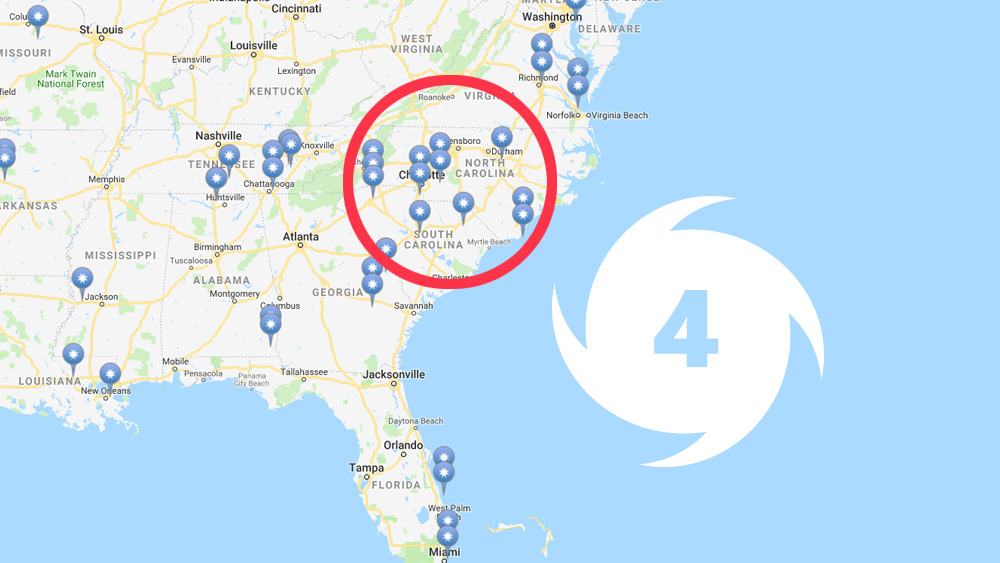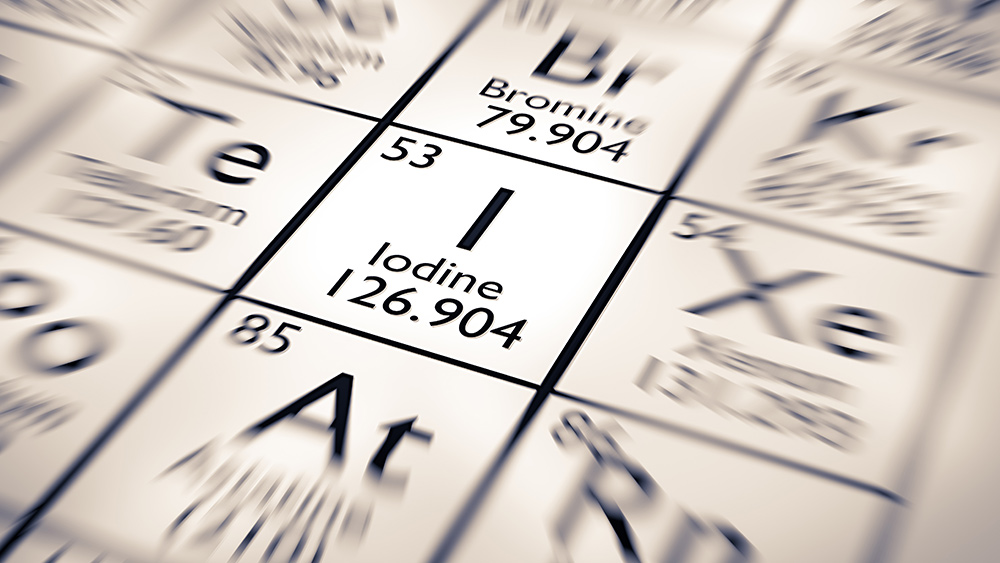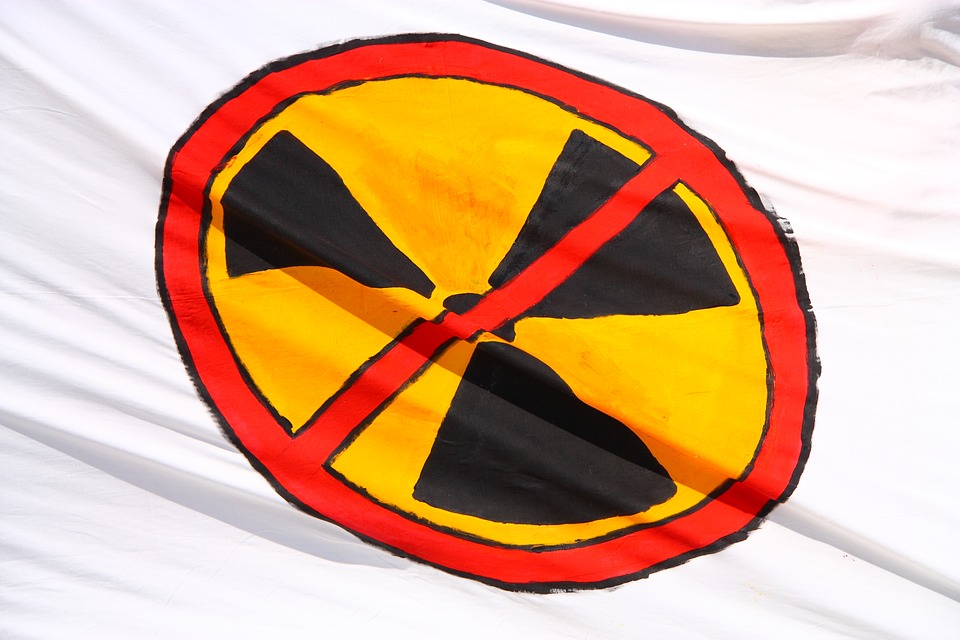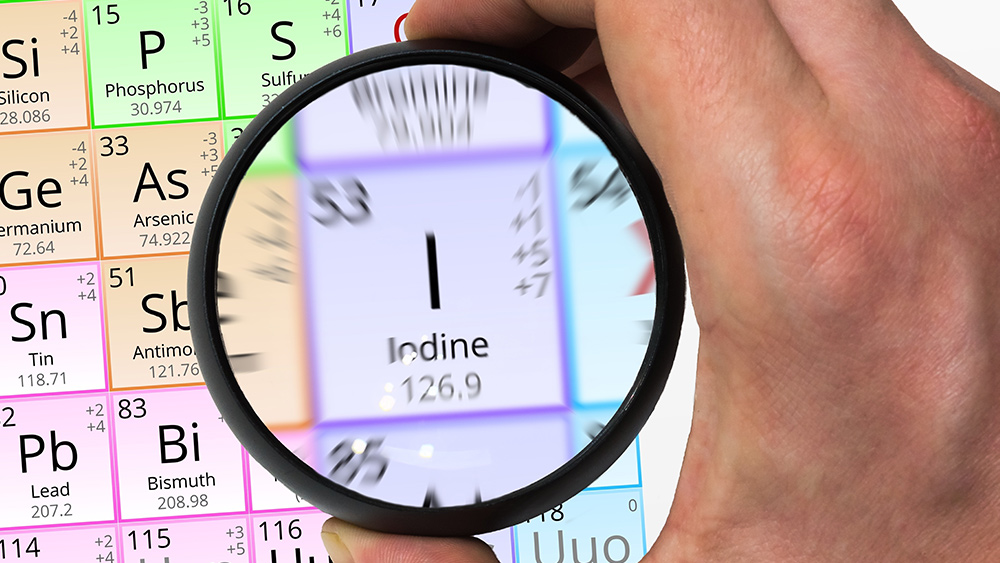Russian research facility quietly released 100 times more radiation than the Fukushima disaster… and almost no one reported it
08/07/2019 / By Isabelle Z.

Did you hear about the radioactive leak that sent 100 times more radiation than Fukushima into the atmosphere? If the answer is no, you’re not the only one. The incident, which took place back in 2017, went largely under the radar despite the dangers it posed. Now, the source has been identified as a southern Russia nuclear processing plant.
Italian scientists raised the alarm bell in October 2017 over a spike in radioactive ruthenium-106, and spikes were then detected across Europe, Asia, the Arabian Peninsula, and even as far away as the Caribbean. The presence of ruthenium alone indicated that the source was likely a nuclear reprocessing plant; a reactor accident would have seen several radioactive elements released.
Scientists who recently researched the incident were able to determine that the release happened in late September 2017. They traced it to the Mayak Production Association, a nuclear facility situated in the Ural Mountains in the Chelyabinsk region of Russia.
The study’s lead author, Leibniz University Nuclear Chemist Georg Steinhauser, said that he was “stunned” upon first leaning of the event. While routine surveillance finds several radiation leaks every year, most of them tend to involve extremely low levels of radionuclides in medicine. This, however, was different. He told New Scientist: “The ruthenium-106 was one of a kind. We had never measured anything like this before.”
Russia denies the incident
Not surprisingly, Russia has never acknowledged any responsibility for the radiation leak or any other type of nuclear incident at the plant, although they did confirm that a nuclear radiation cloud was detected over the Ural Mountains at the time. Nevertheless, the Mayak facility is one of only a handful of places in the world where the type of reprocessing that would have generated ruthenium-106 takes place, and advanced meteorological studies leave no doubt about where it came from.
Russian officials tried to pin it on a radionuclide satellite battery burning upon re-entry, but no space organizations were missing any such satellites, and the pattern of radiation did not match the kind that might be seen in such a scenario.
The researchers said that they used more than 1,300 atmospheric measurements from all over the world to make their determination. Between 250 and 400 terabecquerels in total of ruthenium-106 were released. This radioactive isotope can be generated as a byproduct during the nuclear fission of uranium-235.
The researchers don’t think this accident was caused by a simple radioactive gas release. Instead, they believe a fire or explosion occurred that could have exposed workers to dangerous levels of radiation. The Russian commission had ruled that it wasn’t possible to determine if a nuclear accident created the cloud, and the study’s authors hope that they will reconsider this stance in light of the new data.
They claim that this cloud was diluted to the point where it wouldn’t have been harmful to the people underneath it, yet the total reactivity was determined to be between 30 and 100 times that released by the Fukushima accident that devastated part of Japan in 2011. Their findings were published in the Proceedings of the National Academy of Sciences.
The Mayak plant is no stranger to headlines. In 1957, it was the site of the second most serious nuclear accident in the world behind Chernobyl after a tank housing the liquid waste of plutonium production exploded, contaminating an area of more than 20,000 square miles with radiation in an incident that was kept under wraps until 1976.
Sources for this article include:
Tagged Under: Chernobyl, Cover-Up, Ecology, Fukushima, Mayak plant, Nuclear Accident, nuclear incident, radiation, real investigations, Russia, ruthenium, uranium
RECENT NEWS & ARTICLES
COPYRIGHT © 2017 IODINE NEWS

